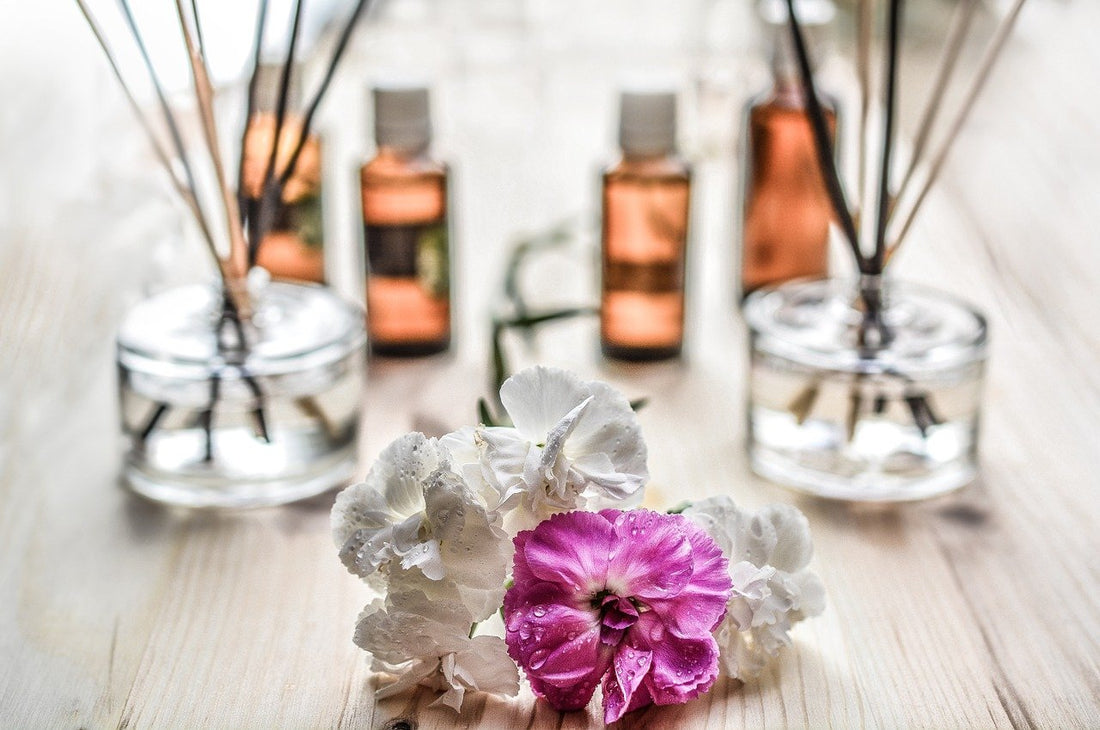Over two-and-a-half millennia ago, Hippocrates, the father of modern medicine, said: “The key to good health rests in having a daily aromatic bath and scented massage.” But Hippocrates was not the first person to use aromatherapy. In fact, the use of aromatic oils (like in aromatherapy) dates back more than 3,500 years BC.
Many ancient civilizations used plants and oils obtained from plant materials in therapeutic practices. The traditional Indian medicinal practice called Ayurveda used plants and plant extracts as long as 5,000 years ago. The ancient Indian texts called the Vedas list the uses of over 700 plants and plant extracts. Similar texts can be found from China, Egypt, Greece, and Rome. The use of aromatherapy remained popular through the Middle Ages, Tudor Times, and the Industrial Revolution. The practice has seen an increase in popularity in modern times as more people are moving to holistic healing practices.

Aromatherapy includes inhaling and applying essential oils directly onto the skin to obtain a therapeutic benefit from it. An essential oil is produced by steaming or pressing certain parts of plants to obtain the compounds that give off fragrance. This is usually in the form of an oil. In some cases, several pounds of plant material (bark, flowers, fruit, or leaves) are needed to produce a small amount of pure essential oil. When you inhale an essential oil, the scent molecules travel through the nerves in your nose to your brain. It primarily affects your amygdala – the part of your brain that deals with your emotions. This makes sense because aromatherapy is mainly used to, well, affect our emotions. These oils can also be absorbed directly through your skin.
When using essential oils as part of aromatherapy, look for a pure essential. Because these oils take so much plant material to make, they could be expensive to produce. To counter this and make their oils less expensive, some companies mix pure oils with carrier oils. While the carrier oils themselves may not be harmful, it is essential (see what we did there?) to know precisely what is in the oil that you are using.

Different oils can affect different people (and pets) differently. Peppermint oil, for example, is excellent for headaches but could agitate a young child (younger than 30 months old). If you want to integrate aromatherapy into your daily life, you could consider wearing aromatherapy accessories like necklaces, bracelets, and even keychains made from absorbent materials. Having these accessories on your body will allow you to be surrounded by the scent – and they will be nearby for you to take a sniff every now and then.
You can apply essential oil directly to your skin. However, keep in mind that pure essential oil is potent and could cause irritation. Dilute your essential oil with a carrier oil like coconut, olive, or jojoba oil to get the benefits of aromatherapy as you move throughout your day. Some people could develop an allergic reaction when applying essential oils directly to their skin. Although this could occur with any essential oil, some oils are more prone to this. These oils include:
- Jasmine oil.
- Cinnamon bark oil.
- Oregano oil.
- Ylang-ylang oil.
- Lemongrass oil.
- Chamomile oil.
- Bergamot oil.
Aroma sticks are plastic sticks with an absorbent wick. The oil is placed on the wick and can be placed in a cover that you can open if you want to keep the scent for when you need it. Aromatherapy is as popular today as it was in ancient times. It is easy to apply a diluted essential oil directly on your skin or on a piece of jewelry. Alternatively, you could spoil yourself with an aromatherapy massage every day. After all, it is the doctor's orders.



